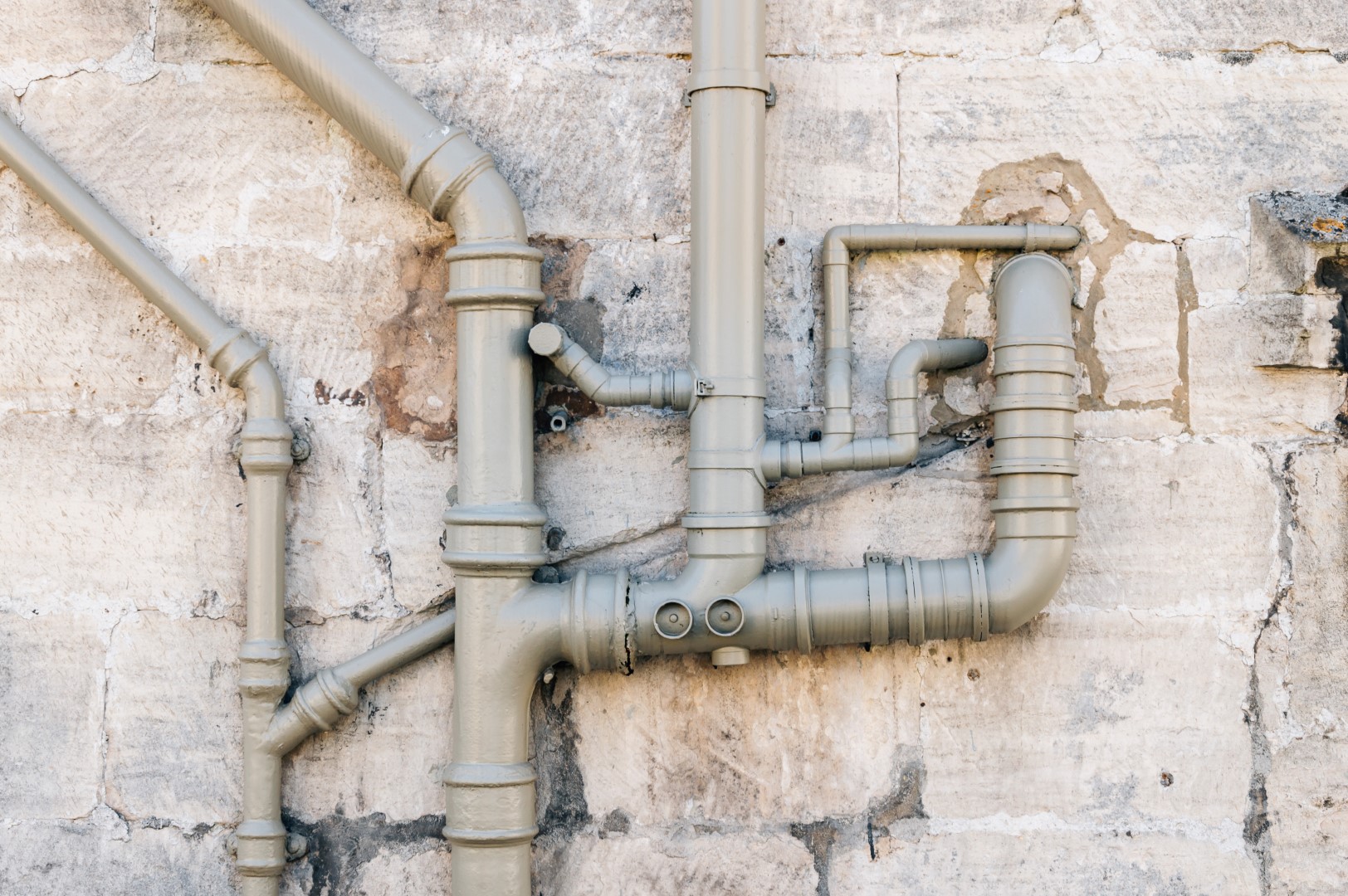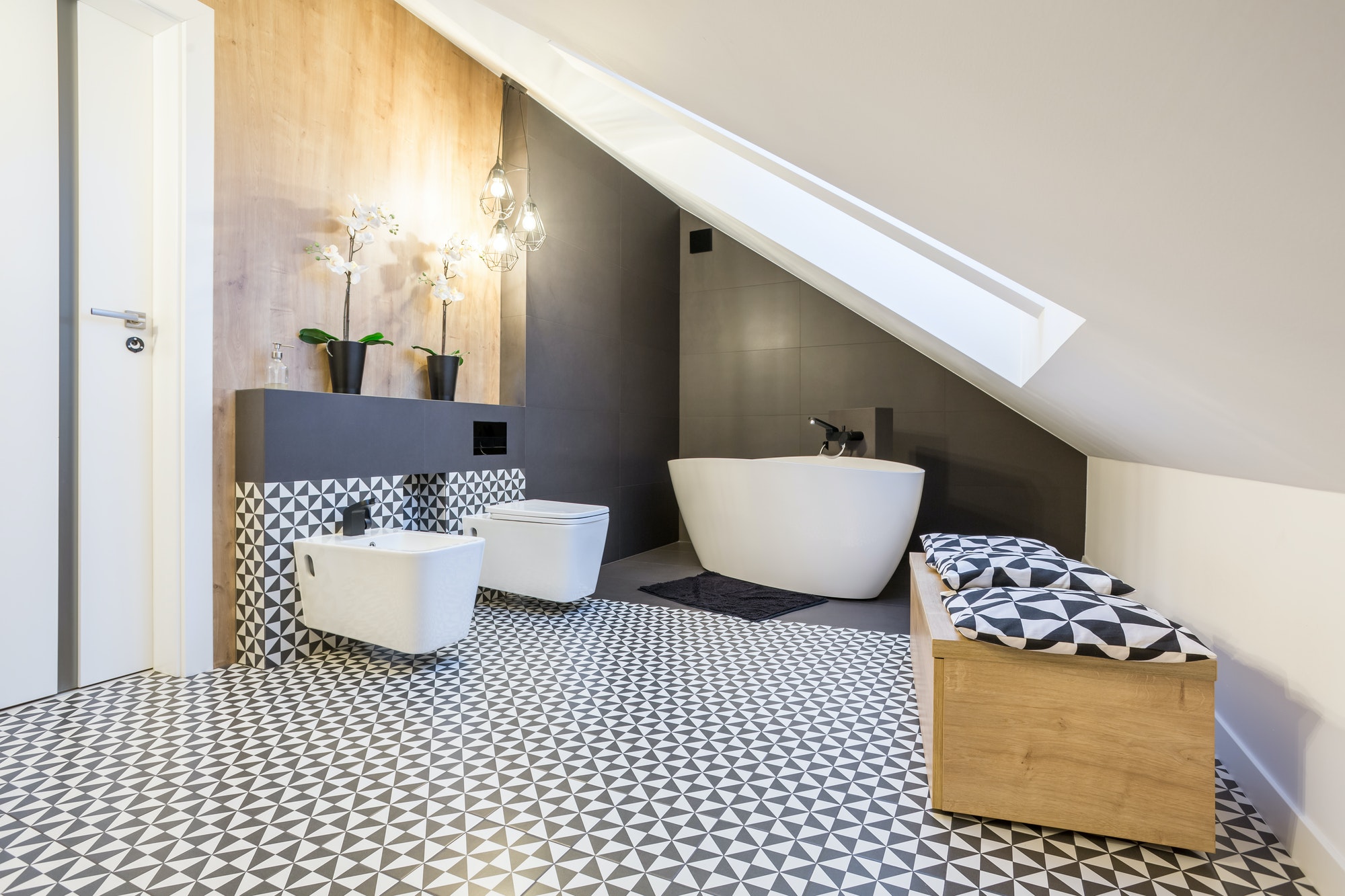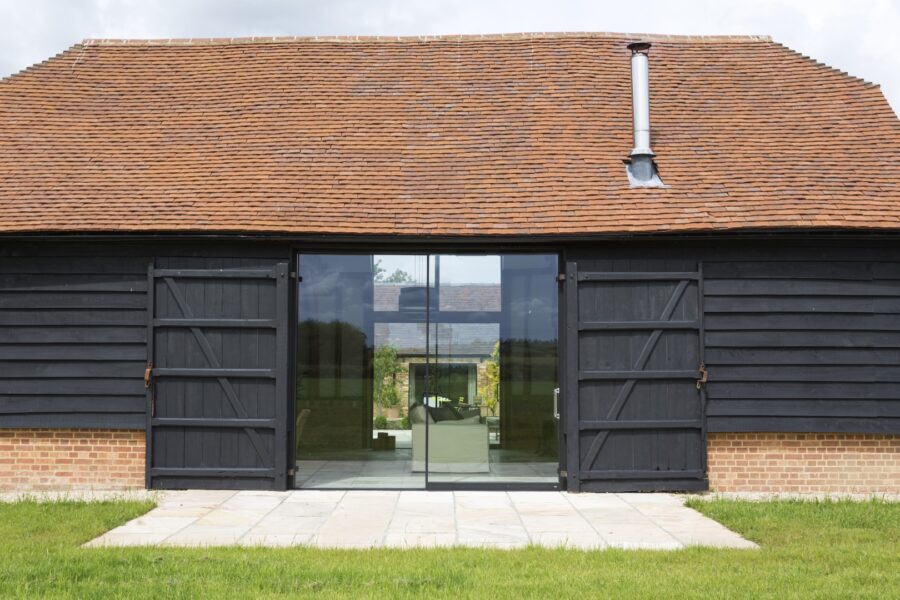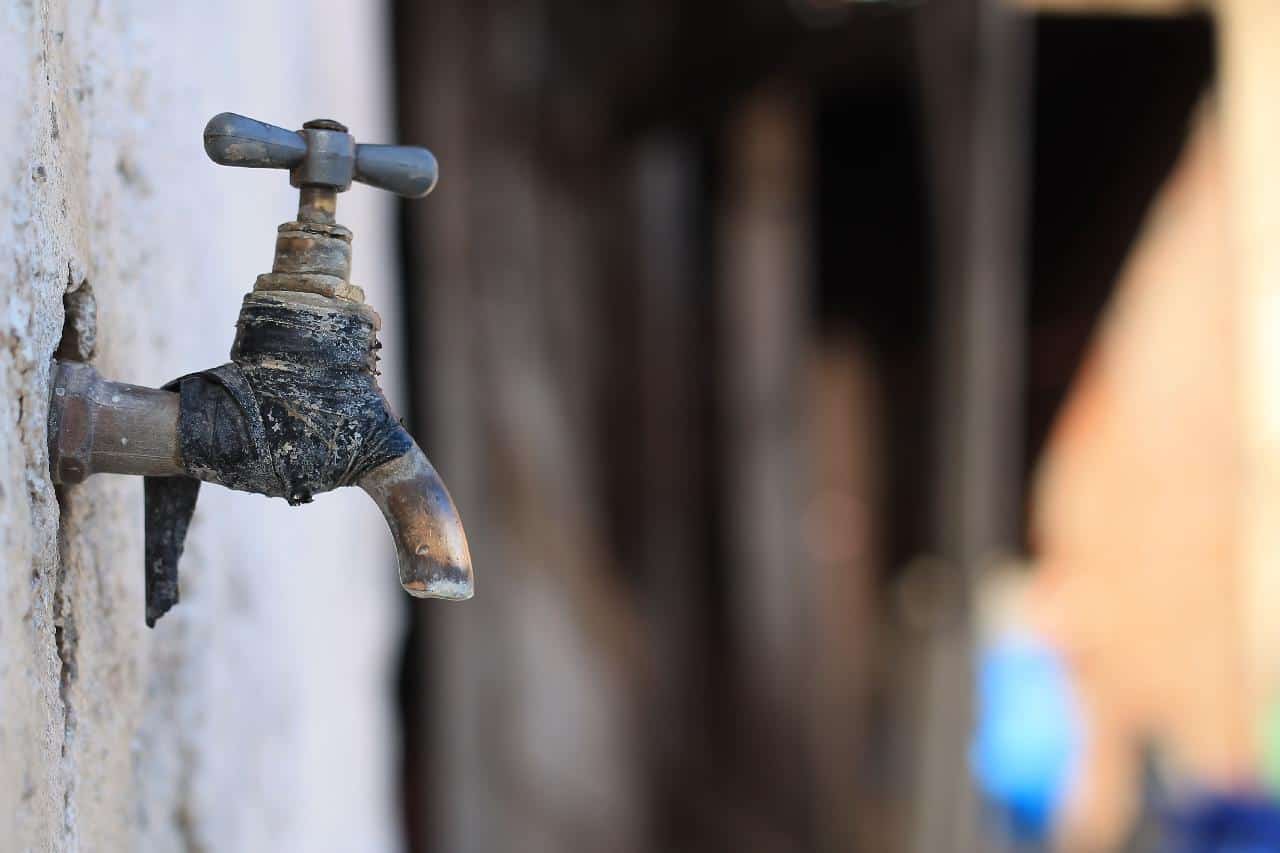Plumbing systems, the intricate networks of pipes and fixtures, serve as the lifeblood of both homes and businesses, facilitating the flow of water for various purposes.
In residential settings, plumbing ensures the availability of clean water for cooking, bathing, and sanitation, making it an indispensable component of daily life. Similarly, in commercial spaces, plumbing takes on a grander scale, catering to the diverse needs of offices, schools, hospitals, and restaurants.
The significance of plumbing extends beyond convenience; it underpins health, safety, and the smooth functioning of both domestic and commercial environments. Understanding the nuances between residential and commercial plumbing is crucial, as these systems navigate distinct challenges and requirements to ensure water flows seamlessly in our homes and workplaces.
In this article, we partnered with the experienced London-based plumbers Staunch & Flow to explain the key differences between commercial and residential plumbing.
What Is Residential (Domestic) Plumbing?
Residential plumbing is the intricate network of pipes and fixtures that constitute the beating heart of homes. At its core are fixtures like toilets, where daily rituals unfold, sinks that echo with the sounds of meal preparation and dishwashing, and showers providing moments of rejuvenation.
Beyond these, appliances like water heaters ensure a steady supply of warm water for baths and washing, while garbage disposals efficiently manage kitchen waste. In the realm of residential plumbing, the emphasis lies on catering to the individual needs of households, ensuring seamless functionality for daily activities. It is the quiet hero that enables the comforts of modern living, underscoring the importance of a well-designed and maintained plumbing system in creating a haven within our homes.
What Is Commercial Plumbing?
Commercial plumbing stands as the robust backbone of larger structures, intricately weaving through the architectural tapestry of offices, schools, hospitals, and restaurants. Unlike its residential counterpart, commercial plumbing is tasked with meeting the demands of high occupancy and intensive usage. The fixtures in these spaces not only serve utilitarian functions but also contribute to the overall efficiency and safety of the establishments.
In commercial settings, plumbing extends beyond standard fixtures to address the complexities of industrial-scale requirements. Water filtration systems, integrated heating, ventilation, and air conditioning (HVAC) systems, and expansive pipework become integral components. These additional layers of sophistication cater to the diverse needs of larger crowds and ensure that water flows reliably, supporting various operations within the commercial space. The intricacies of commercial plumbing underscore its role as a vital infrastructure element, facilitating the smooth functioning of diverse businesses and institutions with a scale and precision that surpasses the requirements of individual residences.
4 Differences Between Residential and Commercial Plumbing
The distinctions between residential and commercial plumbing extend far beyond the size of the buildings they serve. These differences encompass scale, complexity, materials, and regulations, each playing a pivotal role in defining the unique challenges and requirements of these two plumbing realms.
1. Scale
Residential plumbing, servicing individual homes, operates on a more intimate scale. It deals with the water needs of a limited number of occupants, requiring a simpler network of pipes and fixtures. In contrast, commercial plumbing tackles the demands of larger structures, navigating extensive layouts to accommodate the higher occupancy and intense usage associated with offices, schools, hospitals, and restaurants.
2. Complexity
The complexity of commercial plumbing surpasses that of its residential counterpart. Commercial spaces demand advanced systems, including water filtration, heating, ventilation, and air conditioning integration, and intricate pipework. These complexities arise from the need to ensure consistent and efficient water flow in spaces where diverse activities and large crowds are the norm.
3. Materials
Commercial plumbing often employs more robust materials compared to the standardized materials found in residential plumbing. The increased demands on commercial systems require durable pipes, fixtures, and appliances that can withstand the higher levels of wear and tear associated with intensive usage. This emphasis on sturdier materials contributes to the longevity and reliability of commercial plumbing infrastructure.
4. Regulations
Residential and commercial plumbing must adhere to different sets of regulations. Commercial plumbing faces more stringent guidelines due to factors such as the higher occupancy levels and diverse activities within these spaces. Compliance with safety, health, and occupancy codes is paramount in commercial settings, where the stakes are higher, necessitating a keen understanding of intricate regulatory frameworks.
Navigating these differences requires specialized knowledge and expertise. Residential plumbers focus on creating efficient and reliable systems tailored to individual households. In contrast, commercial plumbing professionals are equipped to handle the complexities of large-scale infrastructure, ensuring that water flows seamlessly to meet the diverse needs of businesses and institutions.
Summary
In the plumbing landscape, the divergence between residential and commercial systems is marked by nuanced disparities. Residential plumbing, catering to individual homes, operates on a more intimate scale with standardized materials. Commercial plumbing, serving larger structures, navigates intricate complexities, employing robust materials and adhering to stringent regulations. The contrasting scales, complexities, materials, and regulatory landscapes underscore the specialized nature of each realm, emphasizing the need for tailored expertise. Understanding these differences ensures that plumbing professionals approach each project equipped with the knowledge required to deliver efficient and reliable solutions, whether for a cozy home or a bustling commercial establishment.
Discover more from Futurist Architecture
Subscribe to get the latest posts sent to your email.




